The meaning of flowers was once important for all people, regardless of their age. Today, things have changed. Living in a world surrounded by technology, which day by day makes more part of our lives, we find ourselves depending on phones, computers, to convey our messages to others via internet and by doing so little by little we lose a part of who we really are. With all the gizmos and gadgets around us, we sometimes forget that even such things as flowers can be heralds of our intentions. With so many flowers covering a vast palette of sentiments, we’ve chosen a few of the best known ones which can be of service the next time you want to send a message in an unconventional but special way to your loved ones.
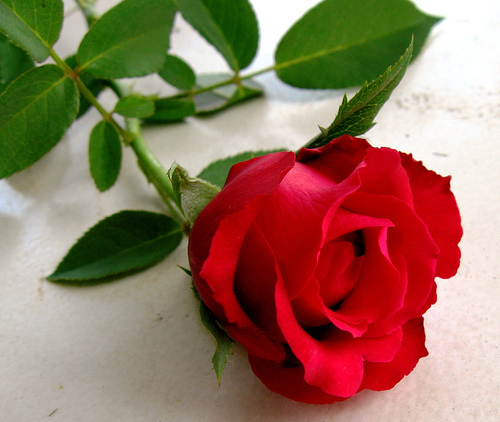
With real chances of being the world’s most acclaimed flower, this queen of all has been praised for its beauty and perfume. Since immemorial times roses have been present in all cultures bearing significant symbolic associations. Red roses are a symbol of love, passion and desire while the white ones signify innocence, purity, peace and tranquility and if pink roses stand for happiness and joy then yellow ones speak of friendship, joy and new beginnings.

Although mostly associated with The Netherlands, tulips were actually first cultivated in the Ottoman Empire. The meaning of flowers’ area would be a severely impoverished if there were no tulips! Each color conveys a different message such as a yellow tulip which bears the meaning happiness in one’s life, a purple one stands for royalty whereas the white tulips signify forgiveness and the red ones are a declaration of passionate and true love.
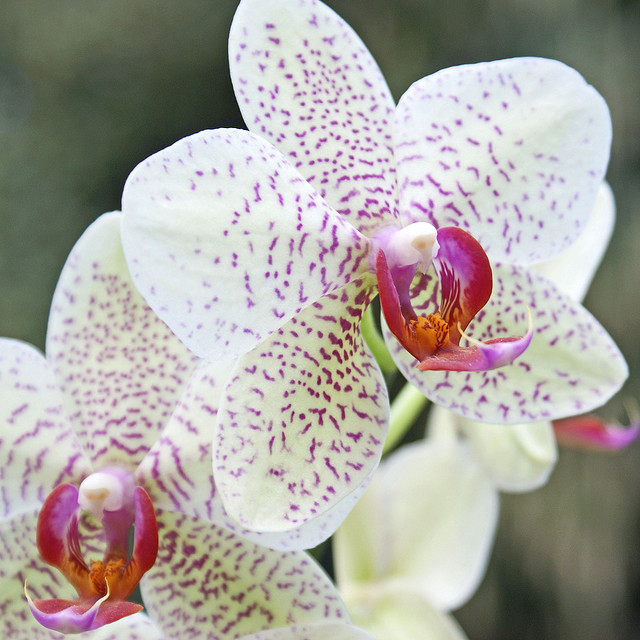
Due to its interesting root shape, the flower’s name comes from the Greek “orkhis” which actually means “testicle”. With such a meaning, it actually comes naturally that among beauty, love, luxury, strength it is also associated with virility.
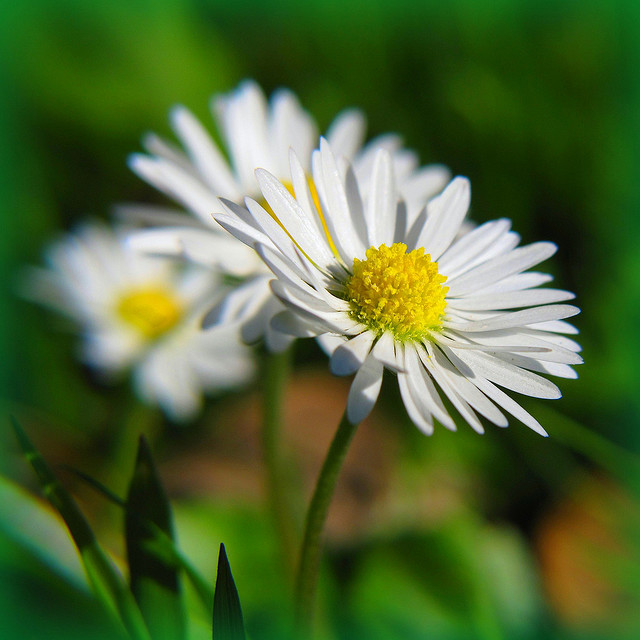
The name comes from “daes eage” the anglo saxon for “day’s eye” basically implying that flowers open and close with the sun. I think many of us have played with daisies when we were kids, mostly using them to wreathe garlands and wear them on our heads which makes no surprise that daisies stand for all that is innocent, gentle and pure, just as children are.
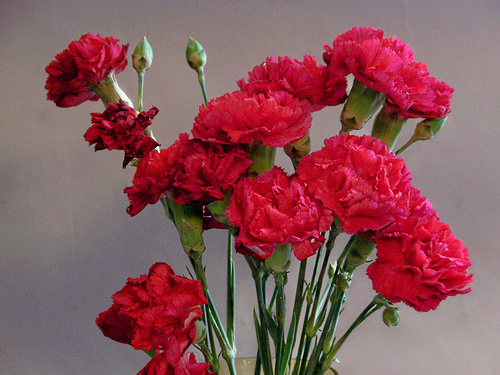
The name comes from the Greek dianthus meaning heavenly flower. The meanings of these flowers are numerous and depend on their colours, as follows: deep love and affection are represented by dark red ones, love and good luck by white ones and maybe the most significant meaning is given by the pink carnation which actually stands for a mother’s undying love.
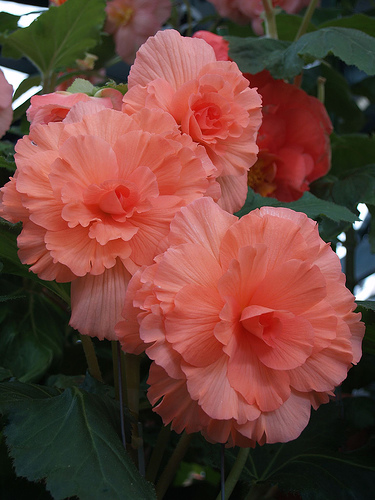
Named after a former governor of the French colony of Haiti, this flower is thought to symbolize fear and when given to someone it should raise his awareness. However, they’re better known as implying a dreamy and innocent attitude which makes them perfect gifts for kids and creative people.
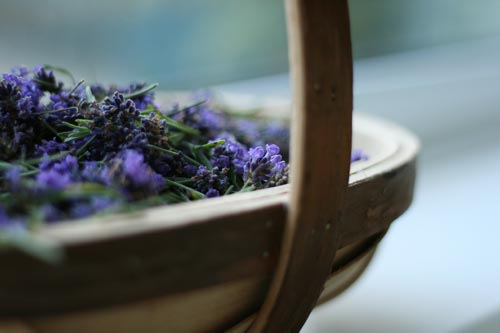
Its name comes from the Latin “lavare” which means “to wash” as it was used to scent the water in the roman baths. Apart from its culinary use due to its most cherished nectar, its antiseptic and anti inflammatory properties, lavender is considered to be a symbol of purity, cleanliness and devotion.
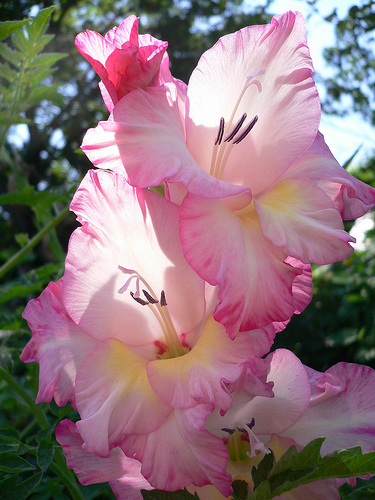
As implied by its name, derived from the Latin word standing for sword due to the shape of its leaves, this flower symbolizes strong determination, strength of character, honor and speaks out for sincerity. This flower bears the symbol of brotherhood, faithfulness to certain principles and dignity of soul.
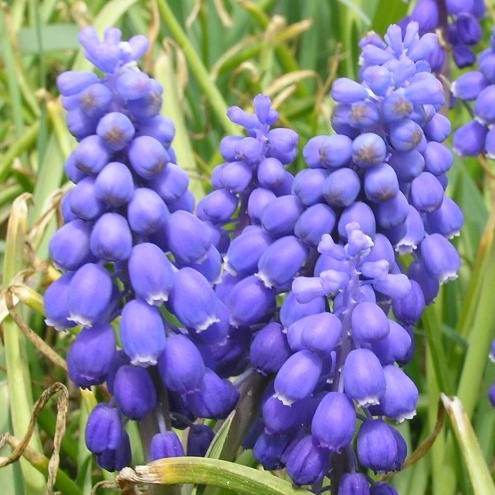
Named after a divine hero from Greek mythology this flower stands for playfulness and sporty attitude describing the hero’s attitude. Depending on their color, the meanings of these flowers may differ: steadfastness, fidelity for blue ones, sorrow and despair for purple ones, jealousy for yellow hyacinths and play for red ones. However, one should exercise caution when handling hyacinths are their bulbs are poisonous.
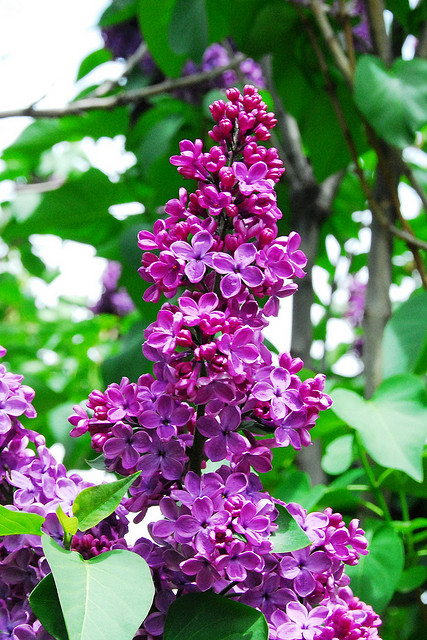
The word actually comes from the sanskrit “nila” which stands for “dark blue”. Rather common and easy to come across, many of us stopped by, closed our eyes, and enjoyed its strong and sweet fragrance. The meaning of these flowers may differ as well. White lilac is associated with purity, youthful innocence while the purple one symbolizes first emotion of love.
1. Roses

With real chances of being the world’s most acclaimed flower, this queen of all has been praised for its beauty and perfume. Since immemorial times roses have been present in all cultures bearing significant symbolic associations. Red roses are a symbol of love, passion and desire while the white ones signify innocence, purity, peace and tranquility and if pink roses stand for happiness and joy then yellow ones speak of friendship, joy and new beginnings.
2. Tulips

Although mostly associated with The Netherlands, tulips were actually first cultivated in the Ottoman Empire. The meaning of flowers’ area would be a severely impoverished if there were no tulips! Each color conveys a different message such as a yellow tulip which bears the meaning happiness in one’s life, a purple one stands for royalty whereas the white tulips signify forgiveness and the red ones are a declaration of passionate and true love.
3. Orchids

Due to its interesting root shape, the flower’s name comes from the Greek “orkhis” which actually means “testicle”. With such a meaning, it actually comes naturally that among beauty, love, luxury, strength it is also associated with virility.
4. Daisies

The name comes from “daes eage” the anglo saxon for “day’s eye” basically implying that flowers open and close with the sun. I think many of us have played with daisies when we were kids, mostly using them to wreathe garlands and wear them on our heads which makes no surprise that daisies stand for all that is innocent, gentle and pure, just as children are.
5. Carnations

The name comes from the Greek dianthus meaning heavenly flower. The meanings of these flowers are numerous and depend on their colours, as follows: deep love and affection are represented by dark red ones, love and good luck by white ones and maybe the most significant meaning is given by the pink carnation which actually stands for a mother’s undying love.
6. Begonias

Named after a former governor of the French colony of Haiti, this flower is thought to symbolize fear and when given to someone it should raise his awareness. However, they’re better known as implying a dreamy and innocent attitude which makes them perfect gifts for kids and creative people.
7. Lavender

Its name comes from the Latin “lavare” which means “to wash” as it was used to scent the water in the roman baths. Apart from its culinary use due to its most cherished nectar, its antiseptic and anti inflammatory properties, lavender is considered to be a symbol of purity, cleanliness and devotion.
8. Gladioluses

As implied by its name, derived from the Latin word standing for sword due to the shape of its leaves, this flower symbolizes strong determination, strength of character, honor and speaks out for sincerity. This flower bears the symbol of brotherhood, faithfulness to certain principles and dignity of soul.
9. Hyacinths

Named after a divine hero from Greek mythology this flower stands for playfulness and sporty attitude describing the hero’s attitude. Depending on their color, the meanings of these flowers may differ: steadfastness, fidelity for blue ones, sorrow and despair for purple ones, jealousy for yellow hyacinths and play for red ones. However, one should exercise caution when handling hyacinths are their bulbs are poisonous.
10. Lilac

The word actually comes from the sanskrit “nila” which stands for “dark blue”. Rather common and easy to come across, many of us stopped by, closed our eyes, and enjoyed its strong and sweet fragrance. The meaning of these flowers may differ as well. White lilac is associated with purity, youthful innocence while the purple one symbolizes first emotion of love.
No comments:
Post a Comment